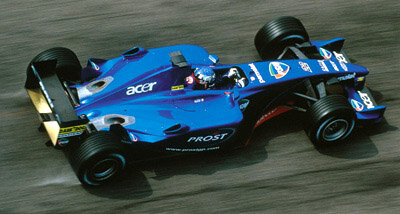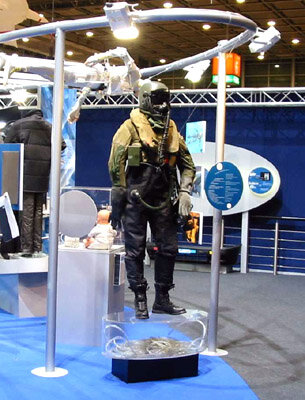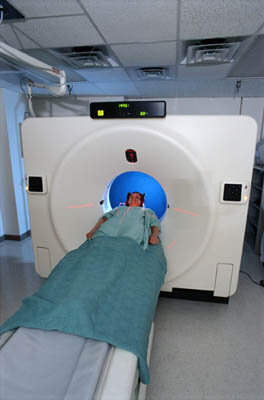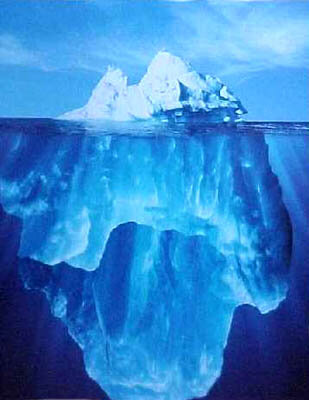Space-tech - a European future
Hope and visions, technology and innovation, life and its future, all themes which drive the success of the European Space Agency's Technology Transfer Programme. 2001 was a great year for this initiative as 18 new innovative uses of space technology were identified.
This programme, set up in 1991, aims to stimulate the wider use of technology developed within the European and Canadian communities and to promote the transfer of innovative technology from space to non-space applications.
Space technology improves our daily life on Earth

To date, more than 120 space technologies have been used in applications which help our daily lives. This technology is diffused to non-space industrial sectors through a dedicated Technology Transfer Network set up by ESA and operating in all ESA Member States and Canada.
To give an idea of the many uses to which space technology can be put below is a selection of some of the projects identified in 2001.
• A remote controlled tele-operated climbing robot for monitoring landslides and consolidating slopes, based upon robotics technology developed for use on other planets. It will be able to evaluate soil conditions in areas with a high risk of landslides, a job which has to be done at present by special skilled teams and which can result in fatal accidents.

• A highly efficient power transmission system for small electric motors in video recorders, CD players, car window winders and seat adjusters. The technology is adapted from a device called SPACEGEAR developed for use in satellites in which one bevel gear 'nutates' with another instead of rotating.
• An electric drive unit for bicycles, based on the ultra-light power transmission mechanism and the highly efficient batteries originally developed for satellites.
• A ‘smart’ camera with advanced data processing for inspecting silk fabric, based upon a high-performance chip originally developed for satellite positioning systems. This system could automate the difficult and stressful task of checking the quality of silk.
• An automatic industrial system for controlling the colour of textiles based upon an advanced spectrographic system developed for Earth observation satellites.
• A novel reusable oil filter for cars which will last as long as the car. The technology used originates from precision mechanics and coating techniques developed for space applications and should help to reduce skin diseases as it will decrease contact with harmful chemicals in the oil.

• A precise visual monitoring camera for surface control in the metal industry which includes the technology developed for satellite visual monitoring cameras such as those used on ESA’s XMM-Newton satellite.
• Extraordinary materials called shape memory alloys developed for use as lightweight temperature-controlled actuators on spacecraft. Like electric bands they can be stretched, but remarkably they remember their original shape and return to it when slightly warmed. This material is already being used in a spring used by orthodontists to control the movement of teeth. Research is now underway to use the same material in bone surgery.
Technology from space to Earth creates new business
The result is the creation of new jobs and industries which generate in the non-space sector a turnover of more than €120 million. This technology spin-off into the non-space sector is predicted to reach a total turnover in new business of more than €1000 million by the year 2004.

"Over the past four years we have fostered 15 start-up companies and expect another 22 spin-off companies by 2003," says Pierre Brisson, head of ESA's Technology Transfer Programme. "Our experience shows that the use of innovative technologies produced for European space adventures can successfully improve our daily life on Earth - often the only limitation to their use is our imagination."




